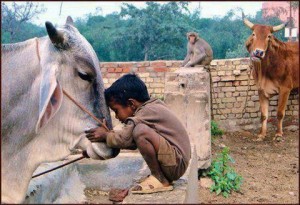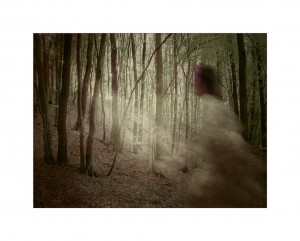Our Moving into Meditation class continues to focus on the Yoga Ethic of Svadhyaya or “self-study.” Self-reflection involves listening to ourselves and also listening to each other. In his latest book, The Lost Art of Conversation, Tibetan Buddhist scholar, teacher and writer Sakyong Mipham Rinpoche encourages us to approach listening as a form of auditory meditation. He writes:
“When we practice meditation, we strip away the words and come to an inexpressible experience of our own being that happens only when we let ourselves relax, feel who we are, and be there for it. . . . when we feel who we are in our hearts, then no matter what experience we are having, we are staying . . .
Meditation . . . allows us to rest in our own vulnerability and strength. . . . The first step is to allow ourselves just to feel. In feeling, there is a sense of unknowing and knowing. Instead of relating to it as a minor sensation, connect to your sense of feeling as a sign that you are alive.
. . . Equanimity toward what is happening engenders a quality of steadiness, and at the same time frees you to . . . move . . . into the space of possibility.”
Poet Sally Atkins writes:
Tell Me, She Said
Tell me, she said:
What is the story you are telling?
What wild song is singing itself through you?
In the silence between there is music;
In the spaces between there is story.
It is the song you are living now,
It is the story of the place where you are.
It contains the shapes of these old mountains,
The green of the rhododendron leaves.
It is happening right now in your breath,
In your heart beat still
Drumming the deeper rhythm
Beneath your cracking words.
It matters what you did this morning
And last Saturday night
And last year,
Not because you are important
But because you are in it
And it is still moving.
We are all in this story together.
In the silence between there is music;
In the spaces between there is story.
Pay attention:
We are listening each other into being.
-Sally Atkins, Picking Clean the Bones
http://www.suzibanksbaum.com/listen-each-other-in-to-being/
How do we listen ourselves into being? How do we listen each other into being?
In The Lost Art of Good Conversation, Sakyong Rinpoche writes:
 “The receptive state of listening is a way of learning, a way to gain wisdom and insight. It is auditory meditation in which we focus with our ears. It is being open to genuinely hearing the other with inquisitiveness. . . . Like sight, sound is a direct way for us to know something . . . when we are listening, we are absorbing and hosting the sound. . . . engaging in conversation is training in sensitivity – literally, learning to use our senses. Like sonar . . . our senses help us navigate our surroundings, allowing us to accurately place ourselves. When we’re not listening, . . . We are feeling our way through the dark, depending on thoughts and concepts in our head.
“The receptive state of listening is a way of learning, a way to gain wisdom and insight. It is auditory meditation in which we focus with our ears. It is being open to genuinely hearing the other with inquisitiveness. . . . Like sight, sound is a direct way for us to know something . . . when we are listening, we are absorbing and hosting the sound. . . . engaging in conversation is training in sensitivity – literally, learning to use our senses. Like sonar . . . our senses help us navigate our surroundings, allowing us to accurately place ourselves. When we’re not listening, . . . We are feeling our way through the dark, depending on thoughts and concepts in our head.
. . . Hearing is one of the most powerful methods for directly understanding what’s going on with someone else. . . . to listen involves placing one’s mind on another person. . . . To sit quietly and listen demonstrates strength. . . . listening enables an other’s stress, fear, worries and insecurities to be aired. . . .
 Listening is simply being there fully with other people. . . . with your ears focused on their words. . . . A focused mind enhances any experience. . . . zoom in on your partner’s face, words & body language. . . In order to focus, relax. We often don’t listen well because there is tension in the body. This tension is related to fear and stress. Something is preventing you from truly listening. Perhaps you don’t fully trust the other person, so you’re not ready to be receptive. . . . Or you are worrying about something . . . and not available at the moment. To focus, relax and let things go. . . .
Listening is simply being there fully with other people. . . . with your ears focused on their words. . . . A focused mind enhances any experience. . . . zoom in on your partner’s face, words & body language. . . In order to focus, relax. We often don’t listen well because there is tension in the body. This tension is related to fear and stress. Something is preventing you from truly listening. Perhaps you don’t fully trust the other person, so you’re not ready to be receptive. . . . Or you are worrying about something . . . and not available at the moment. To focus, relax and let things go. . . .
. . . There is no bigger moment or lesser moment than right now.”
Together we can listen each other into being.



